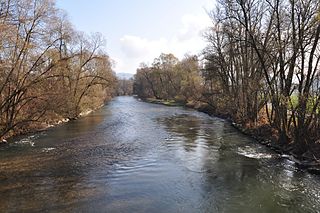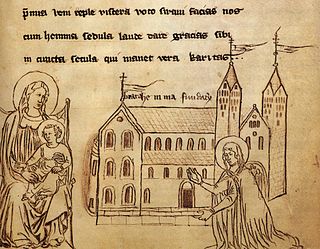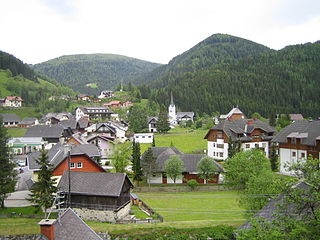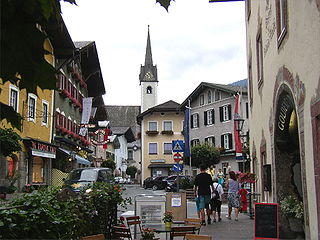Albeck | ||
|---|---|---|
 Sirnitz | ||
| ||
| Coordinates: 46°49′N14°6′E / 46.817°N 14.100°E Coordinates: 46°49′N14°6′E / 46.817°N 14.100°E | ||
| Country | Austria | |
| State | Carinthia | |
| District | Feldkirchen | |
| Government | ||
| • Mayor | Anna Zarre (ÖVP) | |
| Area | ||
| • Total | 99.32 km2 (38.35 sq mi) | |
| Elevation | 837 m (2,746 ft) | |
| Population (1 January 2016) [1] | ||
| • Total | 1,026 | |
| • Density | 10/km2 (27/sq mi) | |
| Time zone | UTC+1 (CET) | |
| • Summer (DST) | UTC+2 (CEST) | |
| Postal code | 9571 | |
| Website | albeck.gv.at | |
Albeck (Slovene : Št. Rupert) is a municipality in the district of Feldkirchen in the Austrian state of Carinthia.
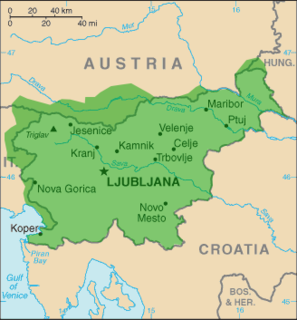
Slovene or Slovenian belongs to the group of South Slavic languages. It is spoken by approximately 2.5 million speakers worldwide, the majority of whom live in Slovenia. It is the first language of about 2.1 million Slovenian people and is one of the 24 official and working languages of the European Union.
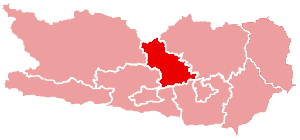
Bezirk Feldkirchen is a district of the state of Carinthia in Austria.
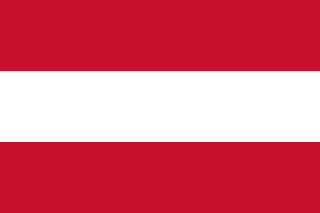
Austria, officially the Republic of Austria, is a country of nearly 9 million people in Central Europe. It is bordered by the Czech Republic and Germany to the north, Hungary and Slovakia to the east, Slovenia and Italy to the south, and Switzerland and Liechtenstein to the west. The territory of Austria covers 83,879 km2 (32,386 sq mi). The terrain is highly mountainous, lying within the Alps; only 32% of the country is below 500 m (1,640 ft), and its highest point is 3,798 m (12,461 ft). The majority of the population speaks local Bavarian dialects as their native language, and German in its standard form is the country's official language. Other local official languages are Hungarian, Burgenland Croatian, and Slovene.


